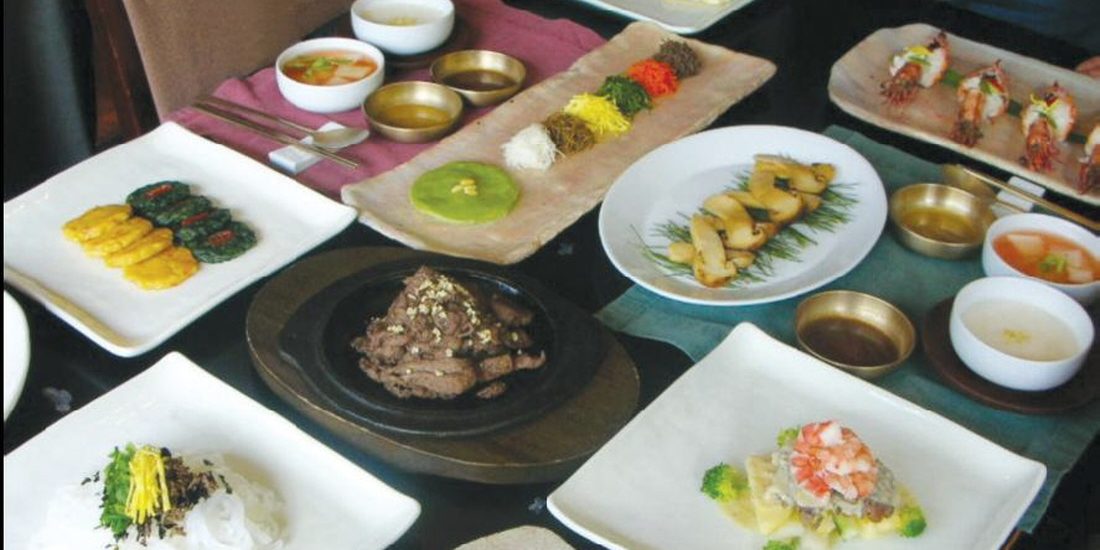Mukbang. It comes from the word to eat (muk-da) and the word broadcast (bang-song). Not only in Korea, but globally, the act of eating ridiculous amounts of food in one sitting is a growing phenomenon. Koreans call this ‘mukbang’ and have been broadcasting it live since around 2014. In 2018, TODAY Food had pointed out that in Korea, it’s not common for people to go out to eat by themselves because dining is a social activity, that is not meant to be enjoyed alone. Those that can’t eat with others will more than likely stay at home to eat alone, but they’ll still have an urge to socialize while eating, which is what mukbang replicates.
A normal mukbang consists of one person eating food that is enough to feed about 10 people. In the beginning, the type of food that was eaten were popular foods in Korea such as tteokbokki (spicy rice cakes), ramyeon (spicy noodles), dakbal (spicy chicken feet), various types of fried chicken, various types of seafood, etc. However, now as mukbang has become globalized, many different foods are making appearances. For example, ridiculous amounts of fast foods such as Burger King or buckets of KFC or odd foods such as cubed snailfish or raw seafood spoon worm, etc are eaten nowadays.
Becoming a “mukbanger”, you can make profit from if your videos are popular. In South Korea, most mukbangers make a profit directly from the people who watch the videos. Most of the time, the mukbang is being broadcasted live on a platform and the fans will send money directly to the person eating in order to show support. An American mukbanger, Erik Lamkin, told TODAY in 2018 that most of his revenue comes from YouTube ads and sponsorships. Lamkin had pointed out that it’s hard to put a number on how much money he’s made in the two years since he started making mukbang videos. He can however put a number on how the mukbang videos have helped his social media accounts. “I’ve gained about 258,000 subscribers on my YouTube Channel and almost 30,000 followers on Instagram.” Today, he has 1.42 million subscribers on YouTube and 145,000 Instagram followers.
Though getting paid to eat crazy amounts of food may sound like a dream, challenges such as the “100,000 calories” challenge or “eating everything on the menu” challenge will in the end be harmful to the body if done so frequently. After the boom of mukbang all over the world, doctors and dietitians warn that this viral trend can be dangerous to both the person doing the consuming, and the viewers. Erin Palinski, a nutrition and diabetes expert said “Although some viewers report they watch these videos as a way to satisfy their own food cravings to help them stay on track with their weight loss plans, the nature of mukbang videos can trigger disordered eating patterns in susceptible viewers.” She had also mentioned that for the mukbangers themselves, there are many risks including triggering a heart attack and developing insulin resistance.
Written by: Soo Min Kim
Originally from Honolulu, Hawaii. Current 4th year university student, Candidate for a Bachelor of Arts in Korean Language Flagship and Second Language Studies at the University of Hawai’i at Mānoa, Exchange student at Korea University and Intern at VANK (Voluntary Agency Network of Korea)
